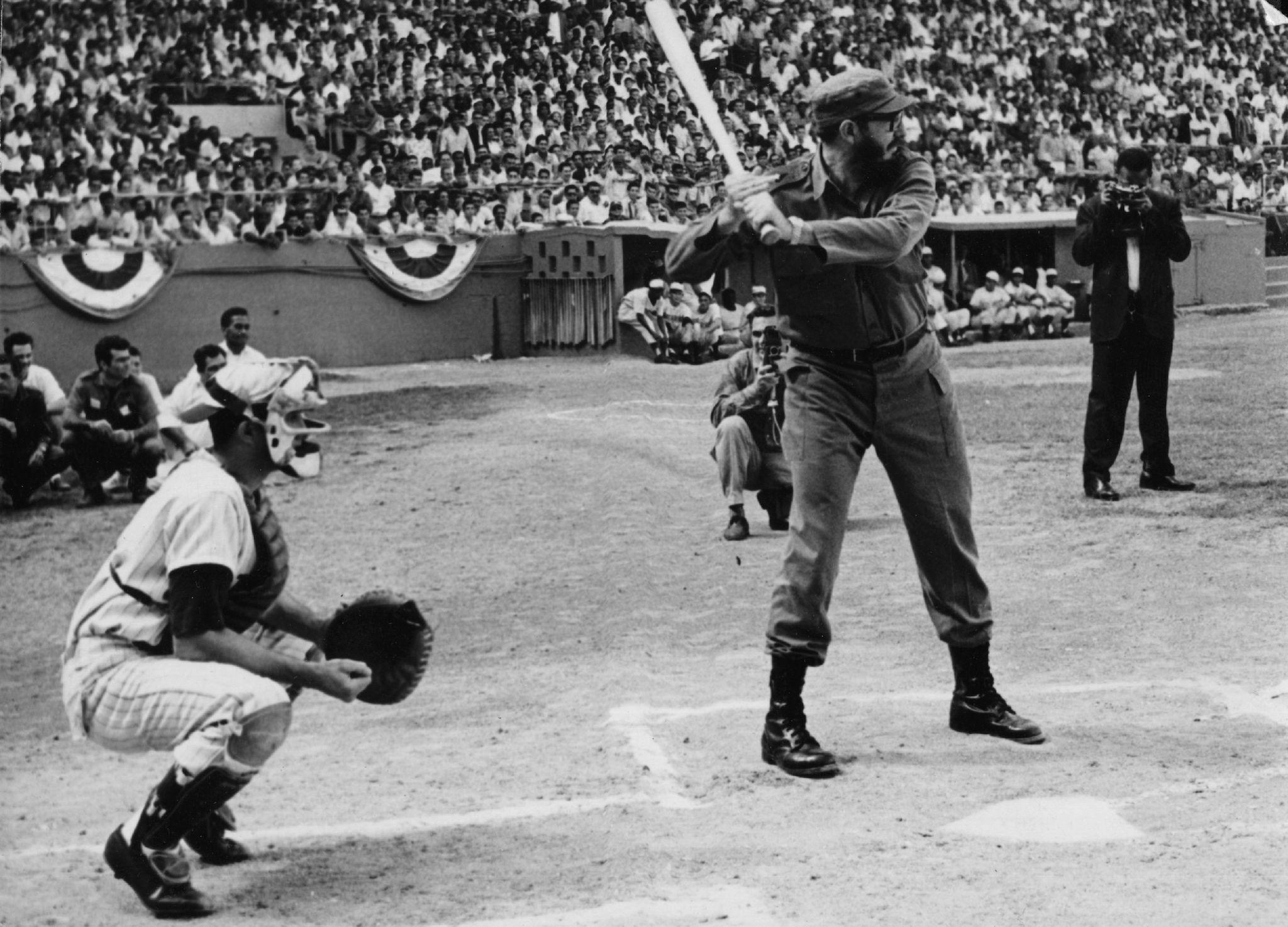JFK files release shows US had bizarre plans to kill Fidel Castro, including bacteria swimsuits and boobytrapped seashells
The plan was ruined because there is no seashell big enough to hold the right amount of explosives

Your support helps us to tell the story
From reproductive rights to climate change to Big Tech, The Independent is on the ground when the story is developing. Whether it's investigating the financials of Elon Musk's pro-Trump PAC or producing our latest documentary, 'The A Word', which shines a light on the American women fighting for reproductive rights, we know how important it is to parse out the facts from the messaging.
At such a critical moment in US history, we need reporters on the ground. Your donation allows us to keep sending journalists to speak to both sides of the story.
The Independent is trusted by Americans across the entire political spectrum. And unlike many other quality news outlets, we choose not to lock Americans out of our reporting and analysis with paywalls. We believe quality journalism should be available to everyone, paid for by those who can afford it.
Your support makes all the difference.The US hatched strange and spectacular plots to kill Fidel Castro, according to never before seen files.
The JFK files – many of the most important of which appear to have been held back – have not provided a smoking gun in the killing of the president, or shed more light on how that assassination was able to happen. But they do show the US's plans for another high-profile killing: its plot to kill Fidel Castro.
It has long been known that the company hatched elaborate schemes to kill the Cuban leader. But the documents show just how strange and detailed those were – including plots to kill him off with a festering swimsuit, and the idea of creating a deadly, boobytrapped shell that would catch his attention.
The first saw the CIA attempt to convince an American lawyer who had been negotiating with Castro to give him a gift that would kill him. That was to be a special diving suit that would be infested with deadly bacteria, killing the leader once he put it on.
"It was known that Fidel Castro liked to skindive," the paper reads. "The CIA plan was to dust the inside of the suit with a fungus producing madera foot, a disabling and chronic skin disease, and also contaminating the suit with tuberculosis bacilli in the breathing apparatus."
But Donovan didn't take up the US on the plan. Instead, he did exactly the opposite, giving Castro “an uncontaminated skindiving suit as a gesture of friendship.”
Another plot saw spies discuss the possibility of planting a "spectacular seashell" that would catch Castro's attention. But once he swam towards it, the explosives inside would be set off and kill him, they suggested, but that plan was also abandoned.
"After investigation, it was determined that there was no shell in the Caribbean area large enough to hold a sufficient amount of explosive which was spectacular enough to attract the attention of Castro," one of the documents reads.
Though Cuba hangs over much of the US's response to JFK's assassination, the conclusion appears to be that the Cuban government wouldn't have been the ones to have the president killed. A draft report from the House Select Committee on Assassinations suggests that the risk would just have been too high.
"“The Committee does not believe Castro would have assassinated President Kennedy, because such an act, if discovered, would have afforded the United States the excuse to destroy Cuba,” it reads. “The risk would not have been worth it.”
Join our commenting forum
Join thought-provoking conversations, follow other Independent readers and see their replies
Comments